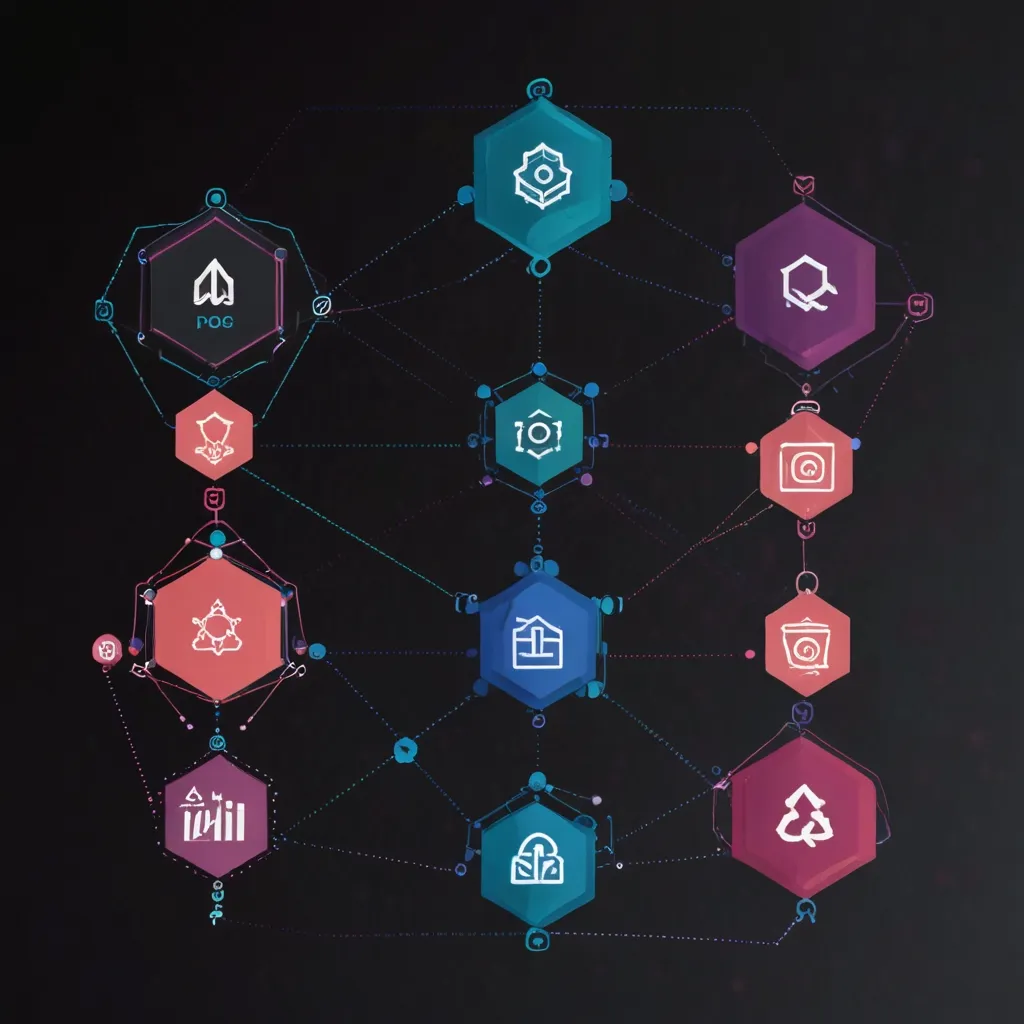GraphQL API Security: Keeping Your Data Safe and Sound
GraphQL has totally changed how we deal with APIs by offering a flexible and efficient alternative to the older REST APIs. But with this added flexibility, there come some unique security challenges. Securing these APIs is super important because they often handle sensitive information and are exposed to the internet, making them juicy targets for cyber threats.
So, let’s chat about why securing GraphQL APIs is crucial and how to go about doing it.
Understanding GraphQL Security Risks
First off, you need to get a grip on the common security risks tied to GraphQL APIs. There are a few big ones to watch out for: injection attacks, excessive data exposure, and Denial of Service (DoS) attacks.
Injection attacks are nasty. Malicious folks can insert harmful queries or mutations to mess with your server’s execution. Excessive data exposure happens when clients get more data than they should, leading to potential leaks of sensitive info. And DoS attacks, which can overwhelm the server with complex or deeply nested queries, can cause performance hiccups or total downtime.
Regular Security Audits and Pen Testing
One of the first steps in securing your GraphQL API is to conduct regular security audits and penetration testing. These checks help you uncover and fix vulnerabilities early. Security audits take a detailed look at your API’s infrastructure, policies, and code to make sure everything aligns with security standards. Penetration testing, on the other hand, simulates cyberattacks to test your API’s resilience against real-world threats. This proactive approach helps catch weaknesses before any bad actors can exploit them.
Preventing DoS Attacks with Query Cost Analysis
To tackle DoS attacks, you need to calculate query costs. By assigning costs to queries and checking for complexity, you can block resource-heavy ones. This prevents attackers from crafting queries that hog your server’s resources. Tools like graphql-cost-analysis are great for analyzing and blocking these queries, ensuring your server stays responsive even under attack.
Authentication and Authorization: The Dynamic Duo
Authentication and authorization are crucial for securing your GraphQL API. Authentication verifies user identities, while authorization determines their access level. Implement secure authentication protocols like OAuth 2.0 and OpenID Connect. For authorization, use role-based access control (RBAC) or attribute-based access control (ABAC) to ensure users only access appropriate resources. Adding Multi-Factor Authentication (MFA) gives an extra layer of security, reducing the risk of unauthorized access.
Encrypting Data: A Must-Do
Encryption is a cornerstone of GraphQL API security. You should encrypt data in transit using TLS with robust cipher suites. Tools like Let’s Encrypt can provide free TLS certificates. For data at rest, use strong encryption algorithms like AES, and securely manage encryption keys with cloud providers or hardware security modules (HSMs). This ensures even if data is intercepted, it’s unreadable without the proper decryption key.
Securing the Infrastructure
Don’t forget the infrastructure hosting your GraphQL API. Apply regular updates and patches to servers, enforce strict firewall rules, and use intrusion detection systems. In cloud environments, leverage native security features and adhere to best practices in access and account management. This holistic approach ensures your API is protected at all levels.
Input Validation and Sanitization
Preventing injection attacks requires diligent input validation and sanitization. Ensure only the expected data types and formats are accepted by using specific GraphQL data types like scalars or enums and defining schemas for mutation inputs. Reject any unexpected or malformed inputs to prevent malicious queries from executing.
Limiting Query Complexity and Depth
GraphQL’s flexibility can sometimes lead to complex queries that strain your server. To guard against this, set query depth limits and complexity scores. Tools like graphql-depth-limit help enforce these constraints, ensuring your server stays responsive even during attacks. This helps fend off DoS attacks that exploit query complexity.
Disabling Introspection in Production
Introspection is a handy feature in GraphQL that lets clients query the schema itself. However, it can be a double-edged sword. Attackers can exploit it to gain insights into your API’s structure and potential vulnerabilities. In production environments, disable introspection to prevent such exploits. This extra layer of security makes it harder for attackers to understand and target your API.
Field-Level Authorization
Field-level authorization is key to preventing excessive data exposure. Carefully design your schema and implement field-level access controls, so clients only access authorized data. Define granular permissions to safeguard sensitive fields from unauthorized eyes.
Using Visualization Tools
There are several tools for visualizing and understanding your GraphQL schema, which is crucial for maintaining security. Tools like GraphiQL and GraphQL Voyager represent your API as an interactive graph, making it easier to grasp its structure and data. These tools can help identify potential vulnerabilities and ensure your schema is secure and well-designed.
Compliance with Security Standards
Maintaining your GraphQL API’s integrity means adhering to security standards. Make sure your API complies with regulatory requirements like PCI-DSS, ISO-27001, and HIPAA. Regularly update your security practices to match the latest guidelines and best practices. This ensures your API is not only secure but also compliant with industry standards.
Continuous Monitoring and Updates
Finally, keep your GraphQL API’s security measures up-to-date. Regularly review and update your security practices to stay ahead of emerging threats. Use automated tools to scan for vulnerabilities, and ensure your development team follows best practices throughout the development lifecycle. This proactive approach ensures your API remains secure and resilient against evolving cyber threats.
In conclusion, by implementing these best practices, you can significantly bolster the security of your GraphQL APIs. Protecting your applications and data from a wide range of potential threats is an ongoing process. Staying vigilant and continually updating your security measures is key to ensuring the integrity and confidentiality of your users’ digital interactions.






